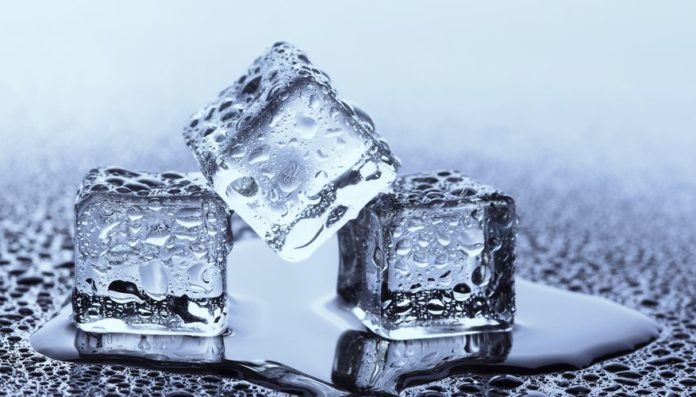In physics, a state of matter is one of the distinct forms in which matter can exist. Most people are familiar with three states of matter – solids, liquids, and gases.
Now, Scientists have discovered a new state of matter in which atoms can exist as both solid and liquid simultaneously. They found that some elements can, when subjected to extreme conditions, take on the properties of both solid and liquid states.
Applying high pressures and temperatures to potassium—a simple metal—creates a state in which the most part of the atoms of the elements forms a solid lattice structure, the study found. Be that as it may, the structure likewise contains a second arrangement of potassium atoms that are in a liquid form. Under the right circumstances, over half a dozen elements—including sodium and bismuth—are thought to be capable of existing in the newly discovered state.
For this study, scientists used powerful computer simulations to study the existence of the state—known as the chain-melted state. They simulated up to 20,000 potassium atoms behave under extreme conditions revealed that the structures formed to represent the new, stable state of matter.
Applying pressure to the atoms prompts the development of two interlinked solid lattice structures, the group says. Chemical cooperation’s between particles in a lattice are strong, which means they remain in a solid form when the structure is heated, while different atoms dissolve into a fluid state.
Dr. Andreas Hermann, of the University of Edinburgh‘s School of Physics and Astronomy, who led the study, said: “Potassium is one of the simplest metals we know, yet if you squeeze it, it forms very complicated structures. We have shown that this unusual but stable state is part solid and part liquid. Recreating this unusual state in other materials could have all kinds of applications.”
The study, published in the journal Proceedings of the National Academy of Sciences, was supported by the European Research Council and the Engineering and Physical Sciences Research Council. The work was carried out in collaboration with scientists from Xi’an Jiantong University in China.
